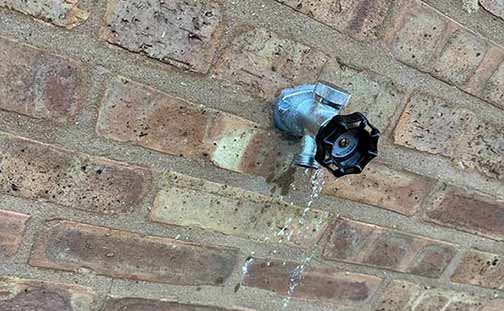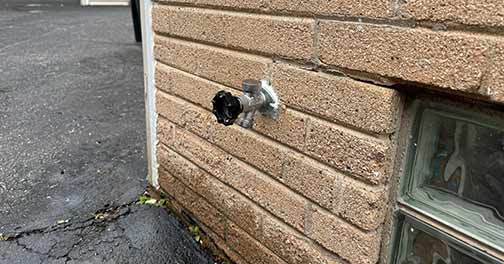
A leaking faucet not only wastes water but also can lead to costly damage if left unattended. By learning how to detect and fix a leaking outdoor faucet, you can save water, money, and prevent further damage to your property. Below we will provide step-by-step instructions on how to identify and resolve a leaking outdoor faucet.
Understanding Outdoor Faucet Leaks
Before we dive into the detection and fixing process, it is important to understand the common causes of outdoor faucet leaks. Outdoor faucets, also known as hose bibs or water spigots, are prone to leaks due to various reasons including:
- Worn-out washers or O-rings
- Cracked or damaged pipe
- Loose fittings
- Freezing and thawing
Identifying the cause of the leak will help you determine the appropriate solution for fixing it.
Step 1: Shut Off the Water Supply
The first step in fixing a leaking outdoor faucet is to shut off the main water supply to your home. Locate the shutoff valve near the faucet and turn it clockwise to close it. This will prevent any further water flow and allow you to work on the faucet without getting soaked.
Step 2: Inspect the Faucet
Once the water supply is turned off, closely inspect the faucet for any visible signs of leakage. Check for dripping water, pooling water around the base, or any unusual dampness. Also, examine the handle, spout, and connections for any cracks or damage.
Step 3: Check the Washers and O-Rings
The most common cause of a leaking outdoor faucet is worn-out washers or O-rings. These rubber components can deteriorate over time and cause leaks. To check the condition of the washers and O-rings, follow these steps:
- Turn the faucet handle counterclockwise to remove it.
- Using a wrench, unscrew the packing nut located below the handle.
- Remove the stem assembly from the faucet.
- Inspect the washers and O-rings for any signs of damage or wear.
- If necessary, replace the washers and O-rings with new ones of the appropriate size.
Make sure to apply plumber’s grease or silicone lubricant to the new washers and O-rings before reassembling the faucet.
Step 4: Tighten Loose Fittings
If the leaking persists even after replacing the washers and O-rings, there may be loose fittings causing the problem. Use a wrench or pliers to tighten any loose connections between the faucet, pipe, and hose.
Step 5: Insulate the Faucet
In regions with colder climates, freezing and thawing can cause outdoor faucets to leak. To prevent this, it is essential to insulate the faucet before winter arrives. Use foam insulation sleeves or covers specially designed for outdoor faucets to protect them from freezing temperatures.
Step 6: Test the Faucet
Once you have completed the necessary repairs and insulation, it’s time to test the faucet for any remaining leaks. Turn on the water supply and check for any signs of leakage. If the faucet is still leaking, double-check the washers, O-rings, and fittings to ensure everything is tightened correctly.
Fixing a leaking outdoor faucet is a relatively simple task that can save you both water and money. By following the step-by-step instructions in this guide, you can easily detect and fix a leaking outdoor faucet. Remember to regularly inspect your outdoor faucets to catch any leaks early and prevent further damage. By taking prompt action, you can ensure the longevity of your outdoor faucets and conserve water for a greener future. If all else fails you can contact your local plumber to assist in repairing your outdoor water faucet.

